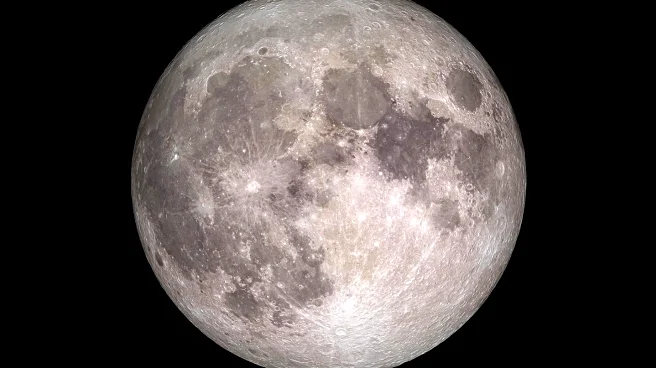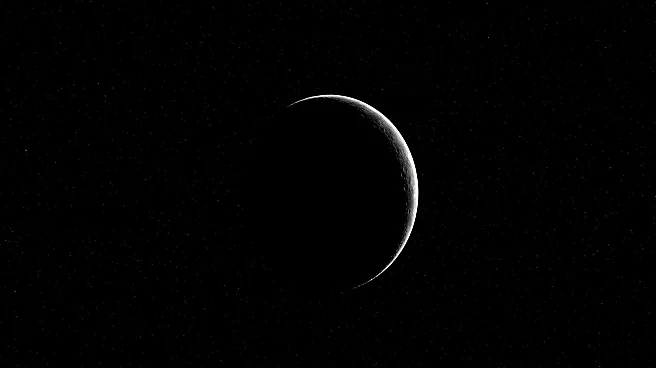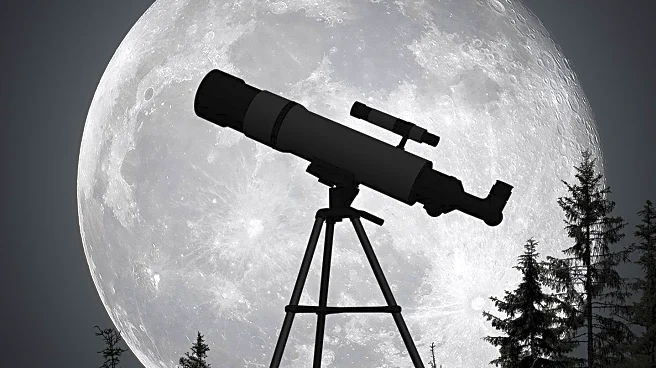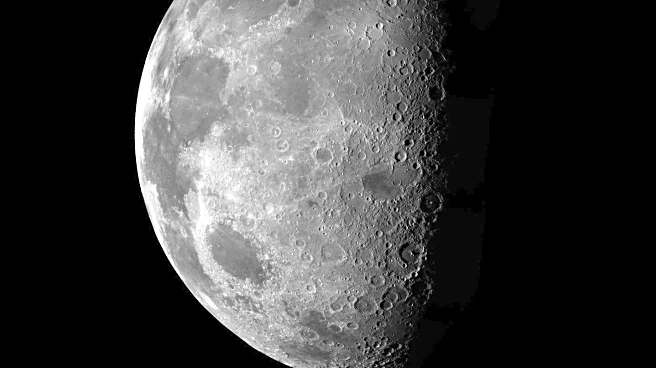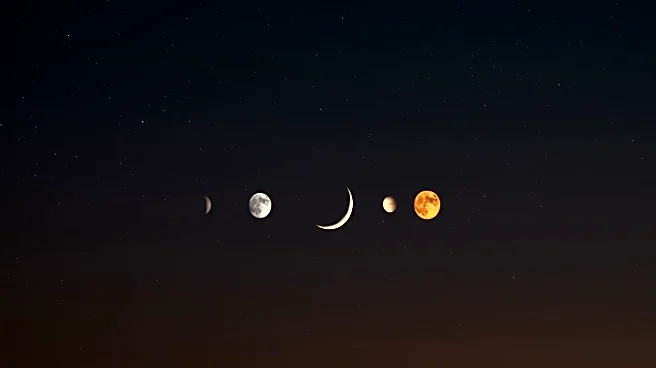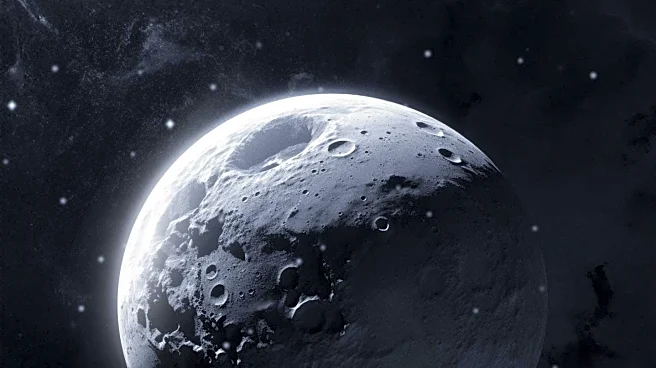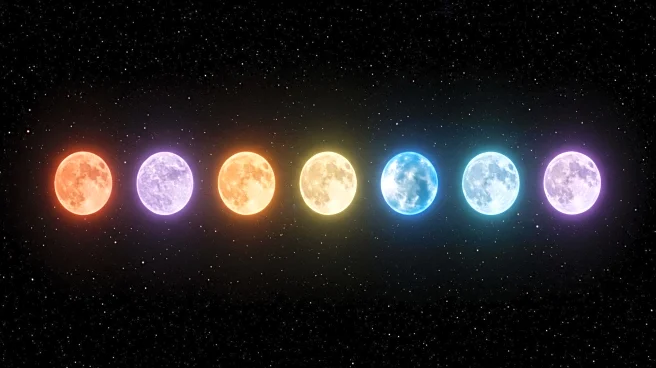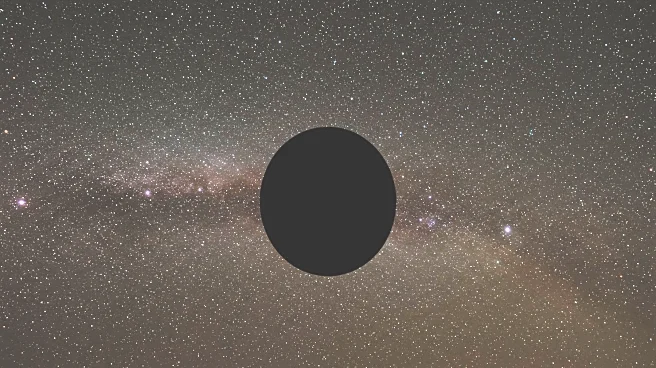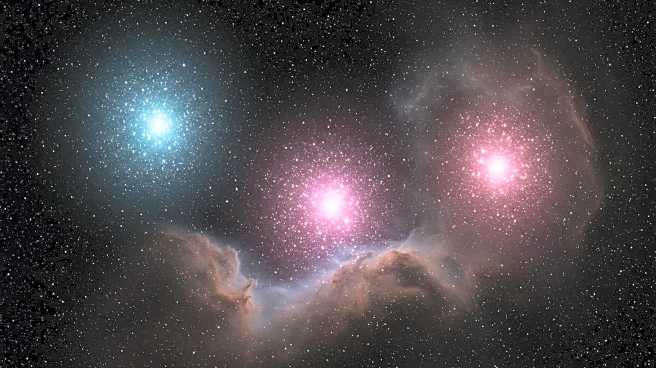What's Happening?
A rare astronomical event known as the 'Black Moon' is set to occur on August 23, 2025. This event is characterized by the presence of four new moons in a single season, with the third new moon being termed a 'Black Moon.' The phenomenon is not visible to the naked eye as the moon's sunlit side faces away from Earth during this phase. However, it provides a dark canvas for stargazing, allowing for clearer views of celestial bodies. The occurrence of a Black Moon is relatively rare, happening approximately once every 33 months. The last such event took place on May 19, 2023.
Why It's Important?
The Black Moon offers a unique opportunity for astronomers and stargazers to observe the night sky without the interference of moonlight. This can enhance the visibility of stars and other celestial phenomena, making it a significant event for those interested in astronomy. Additionally, the rarity of the Black Moon adds to its allure, drawing attention from both amateur and professional astronomers. The event highlights the intricate workings of lunar cycles and their impact on astronomical observations.
What's Next?
Following the Black Moon, the sky will reveal a thin silver crescent moon at sunset on August 24 and 25, providing a visual treat for observers. This marks the moon's reappearance after the Black Moon phase. The next Black Moon, defined as the second new moon in a calendar month, is expected to occur on August 31, 2027.
Beyond the Headlines
The Black Moon phenomenon underscores the importance of understanding lunar cycles and their effects on Earth's calendar. It also highlights the cultural and scientific significance of celestial events, which have been observed and celebrated by various cultures throughout history.
